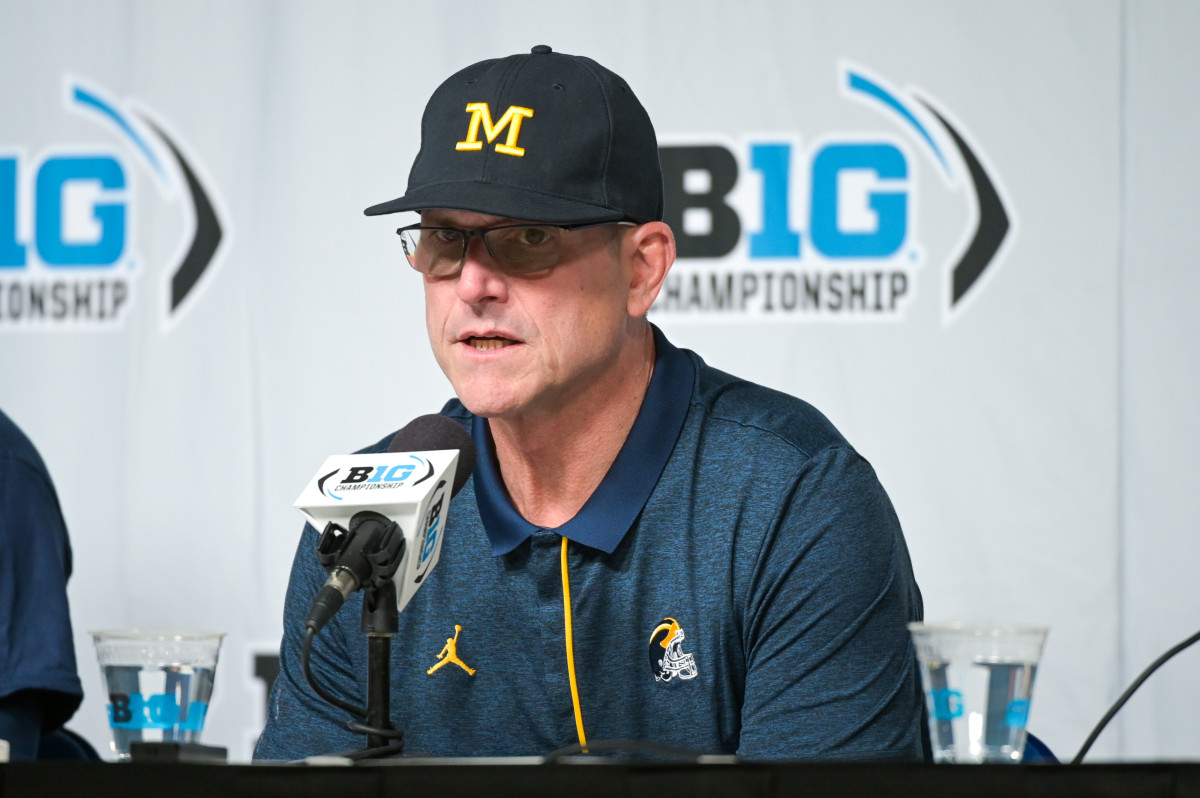The sign-stealing controversy in college football: an explanation of disguises, deceit, and conspiracy
This post was written more than five months ago.
One of the most prominent teams in collegiate athletics is Michigan. However, claims that they have employed dishonest methods have caused the scheme to falter.
Michigan’s league, the Big Ten, and the NCAA, which oversees college athletics, assert that for the previous three seasons, Michigan employed a “vast network” of individuals to film the sidelines of prospective opponents from both inside and outside the conference.
Jim Harbaugh, the head coach of Michigan, and the university reject any knowledge of the alleged cheating. The Big Ten announced on Friday that Harbaugh will not be allowed to watch games on game days during the remainder of the 2023 regular season. Nevertheless, he would still be free to practice with his players in the week. Given that Michigan is a strong candidate for the national championship this season and that Jim Harbaugh is one of the greatest figures in college football, the suspension is major news. The Wolverines bring in tens of millions of dollars in income annually, and their home game attendance averages surpass 110,000.

College football lacks a coach-to-player communication mechanism, in contrast to the NFL. Staff members interact with their players on the sideline using hand signals and graphics rather than calling plays through a headset in the quarterback’s helmet. An opponent will have advanced knowledge of the play if they can decipher those signals.
In American sports, there is a long-standing custom of stealing signs. In the fast-paced, high-stakes realm of college football, figuring out the signals of the opposition is a common occurrence. In the lead-up to games, teams assign staff members to watch opponents’ “coaches film” or All-22 footage and analyze the “TV copy” of the game in an attempt to figure out their signals. cc during games.
